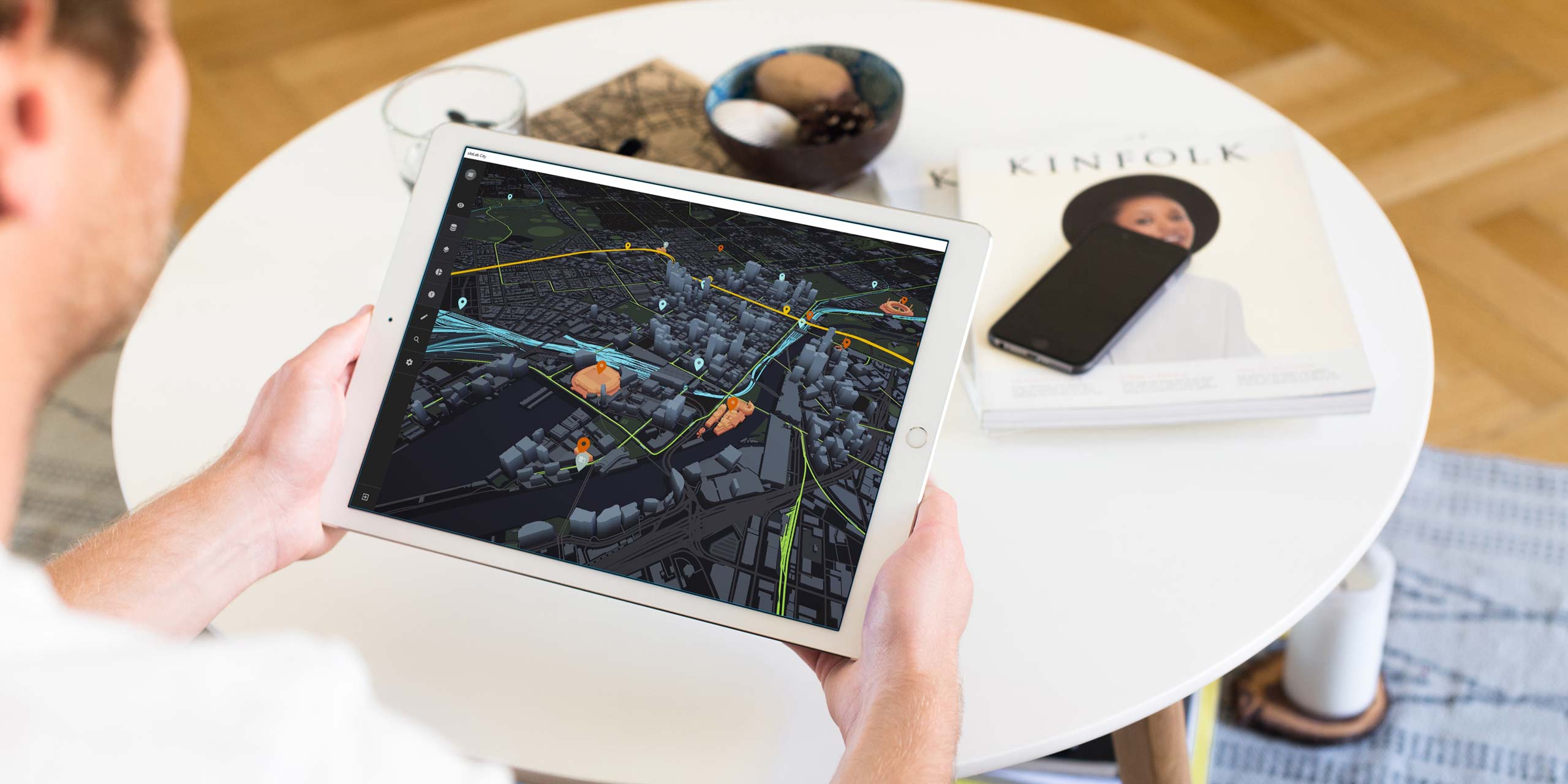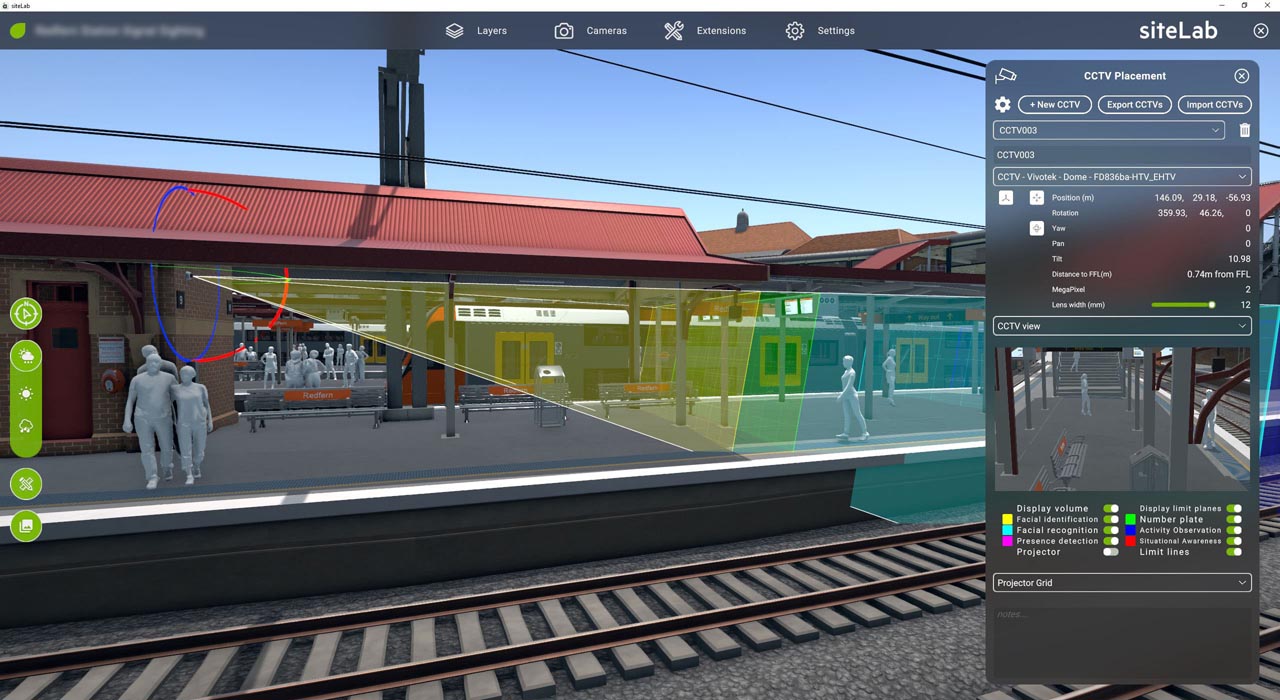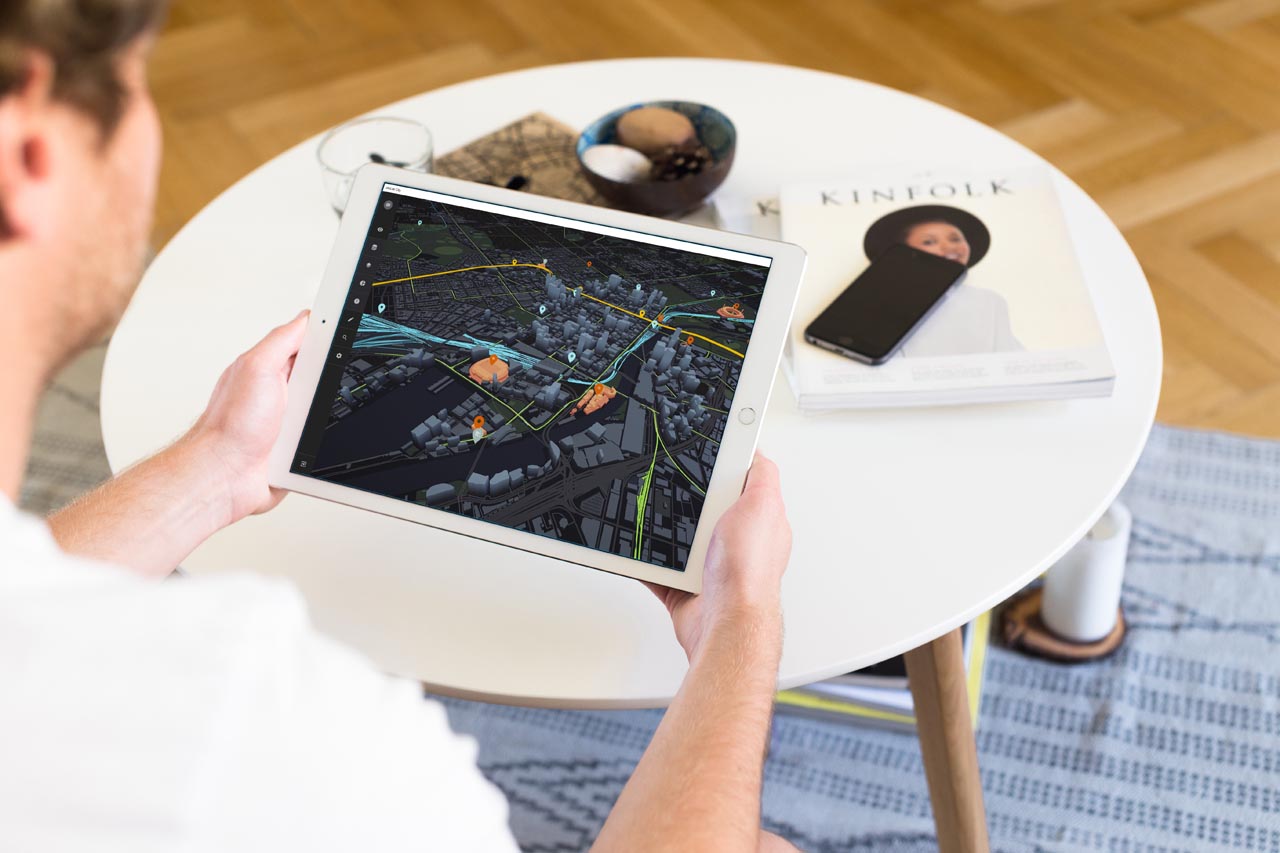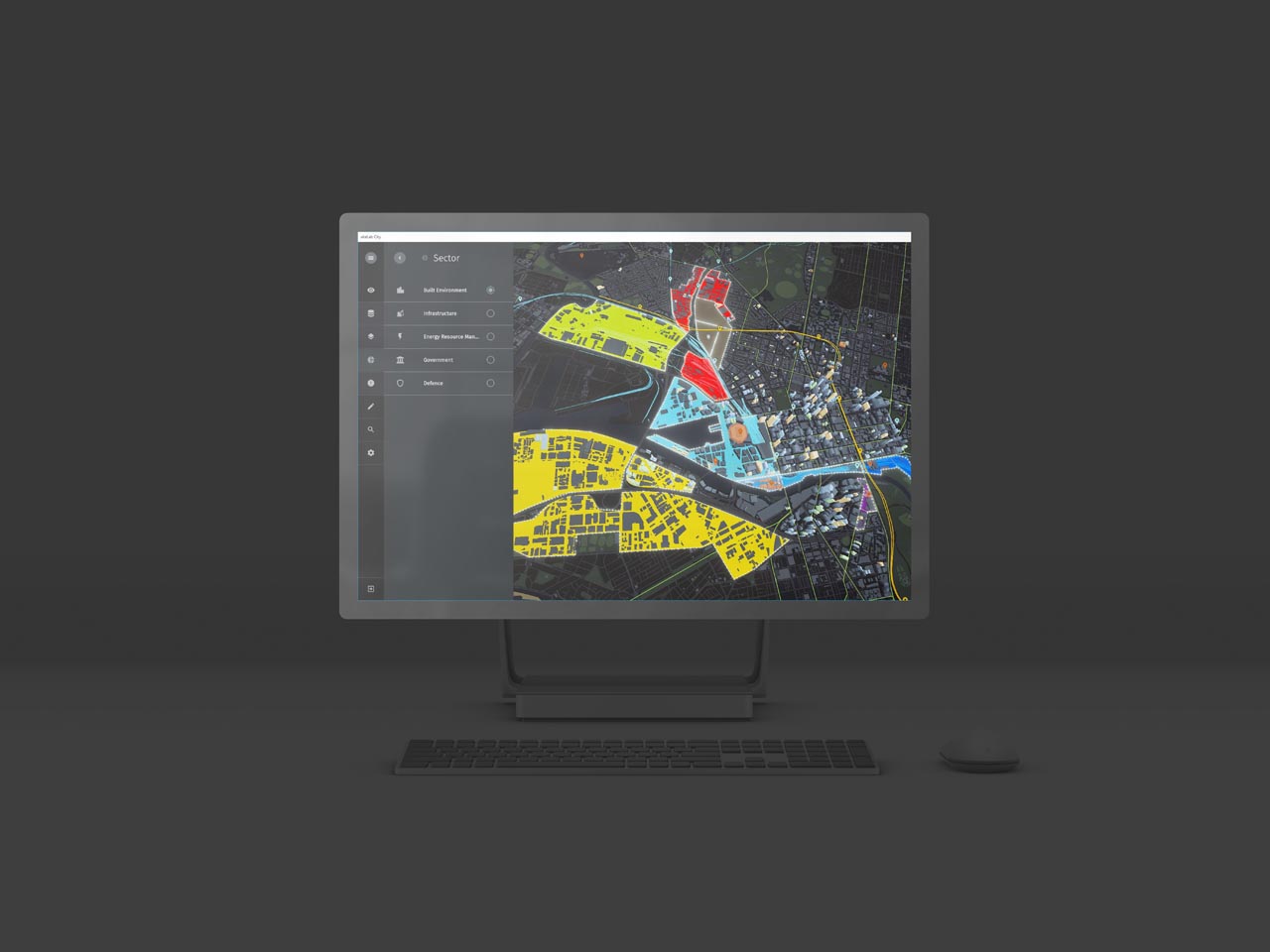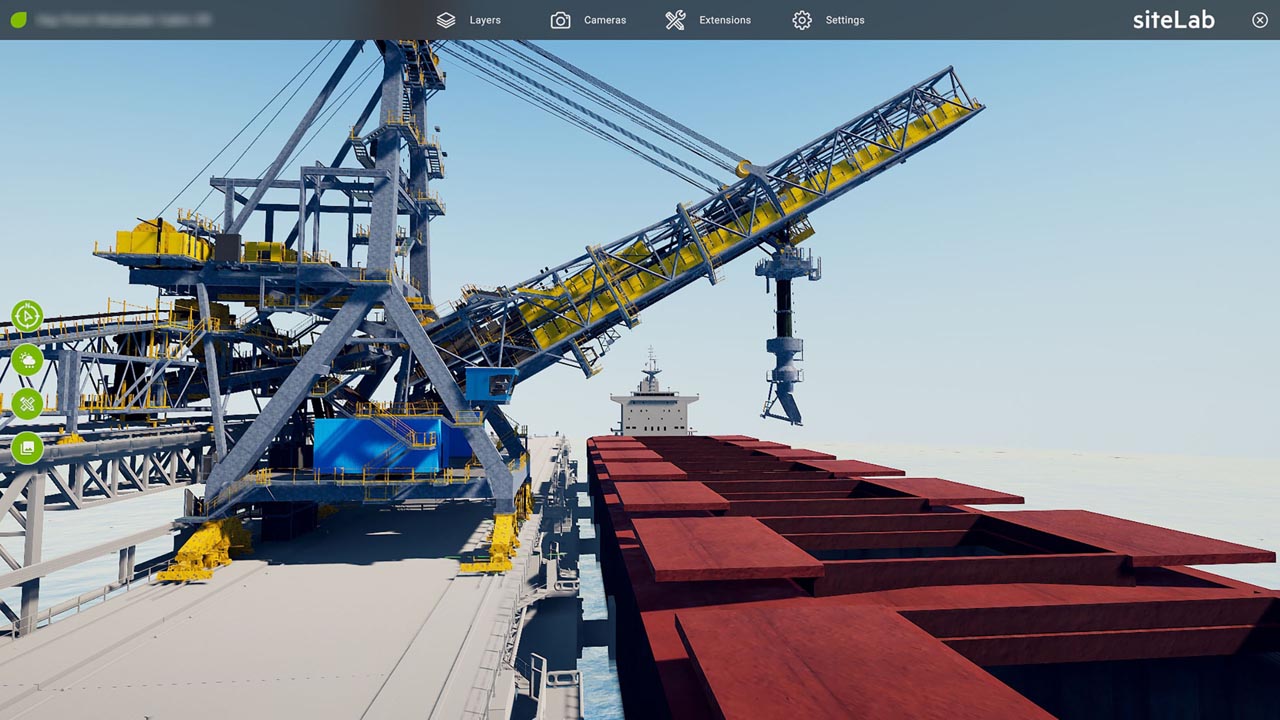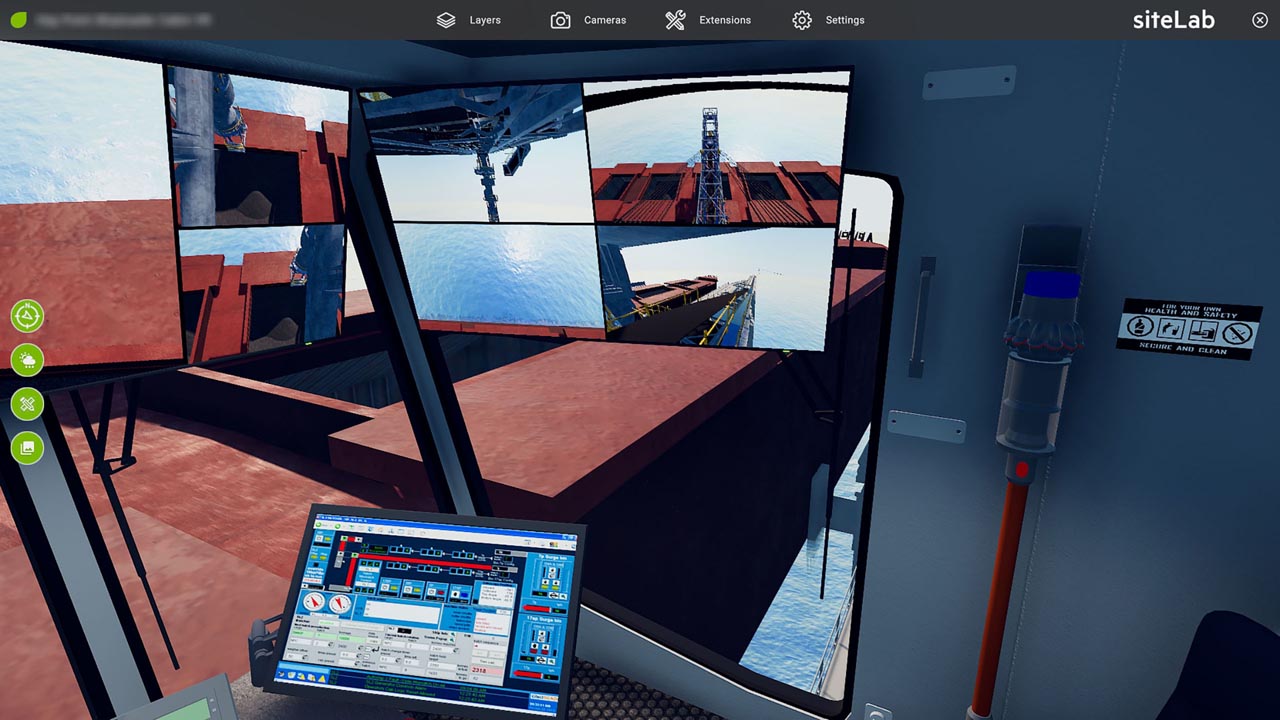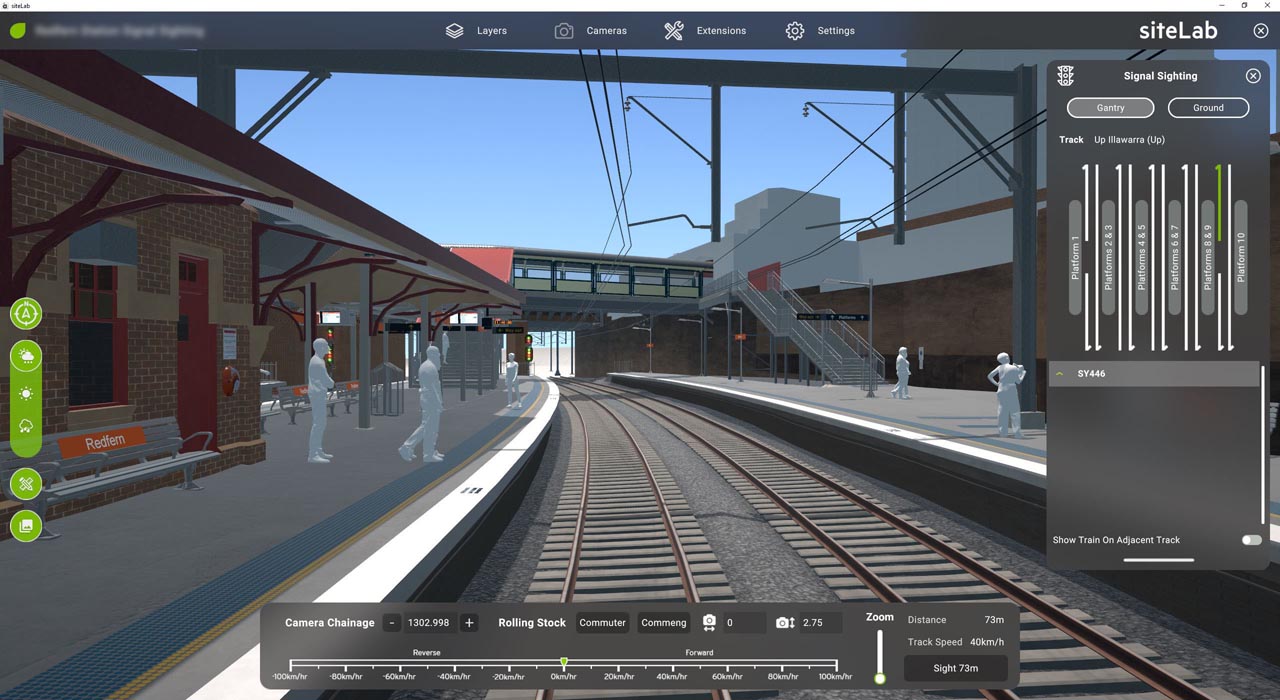siteLab® has been created to deliver an intuitive, app-like experience. Users log in on their desktop or mobile device and are presented with a simple, easy-to-use interface to explore the design in 3D.
siteLab® is accessible to all stakeholders. From bus drivers to c-suite executives, it has been designed and rigorously tested against human factors and user experience criteria. This contrasts with current industry solutions requiring knowledge of computer-aided design (CAD). Users can completely immerse themselves to experience a design, drill down to examine measurements, and leave comments on any aspects. This greatly reduces guesswork, costly project corrections and overruns.

